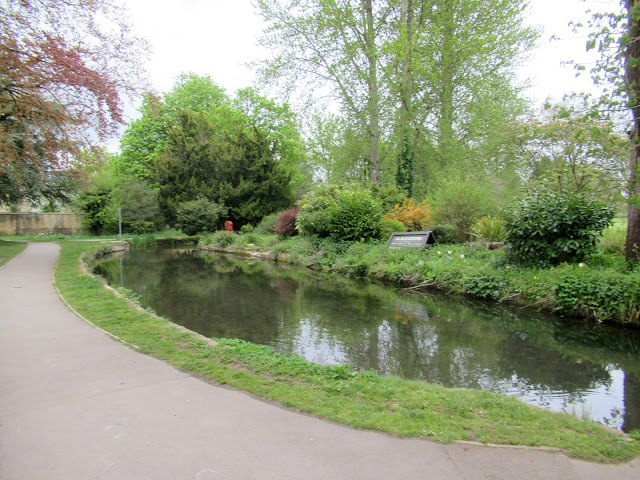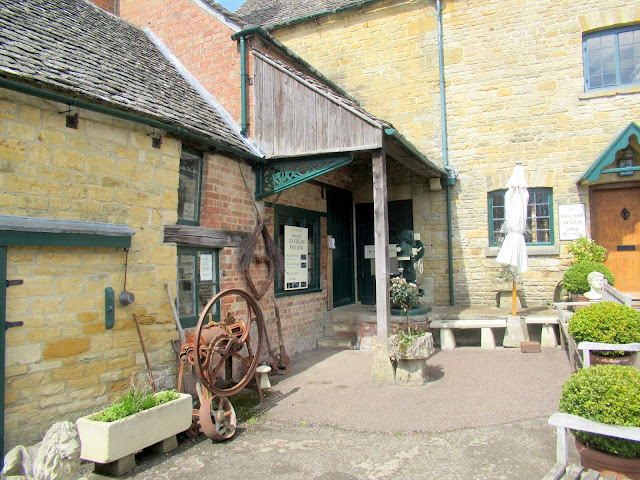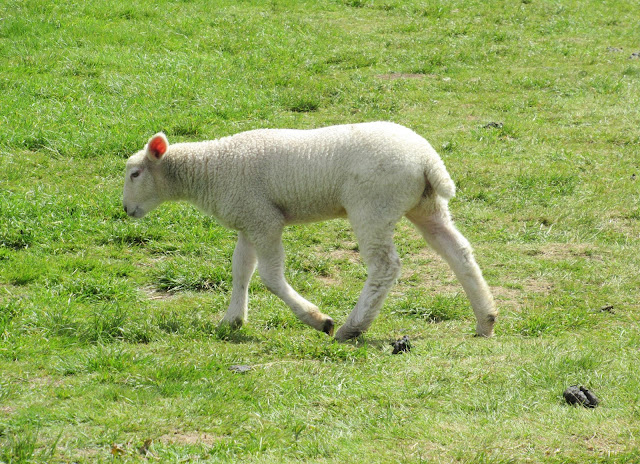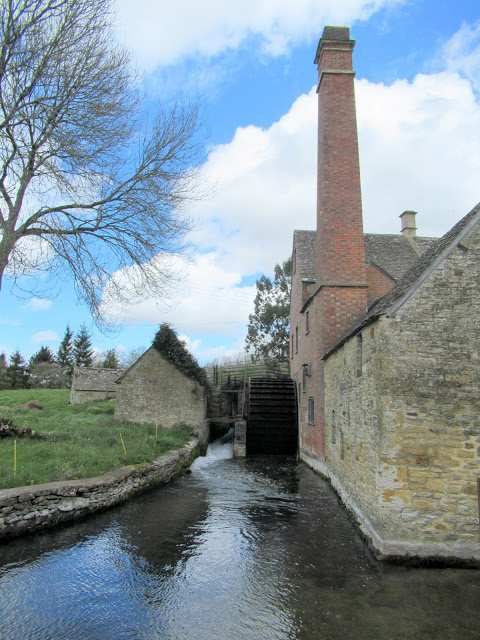A post I failed to publish from our trip to Bath 18 months ago. Apologies for the poor quality of the photographs, but most of the exhibits were in glass cabinets.
Grayson Perry, The Pre-Therapy Years at the Holburn Museum, Bath.
This exhibition focused on Perry's early work, from 1981 to 1994, when he employed various media and made his first works in clay.
Grayson Perry grew up in suburban Essex and sought refuge from a troubled childhood with the help of his teddy bear, Alan Measles. At Portsmouth Polytechnic and later, living in a London squat, he was part of a post-Punk group of artists, musicians and film-makers, particularly the Neo Naturists, a performance art collective connected to the New Romantic club scene.
Perry has described this early period as the 'pre-therapy years', a time when he explored his complex identity through his art, expressing an anger which would later be resolved through psychotherapy. His imagery could be deliberately shocking, sometimes combining Nazi symbols (a trait of British punk), religious iconography and graphic sexual scenes. At the same time, his work satirised such social themes as class and gender, and, especially, the conventions of the art world of which he was increasingly a part.
Spirit Jar, 1994
Artefact for People Who Have No Identity, 1994
Fashion Accessory, 1994
Portrait of Matthew Bardsley, 1993
Phallic Woman, 1993
My Gods, 1994
Childhood Trauma Manifesting Itself in Later Life, 1992
Meaningless Symbols, 1993
Design Based on Sketches by a Murderer, 1990
Western Art in the Form of a Saki Bottle, 1992
Untitled, 1990
Newsreader, 1990
Cocktail Party, 1989
Patterns of Violent Behaviour, 1989
Biker Pot, 1992
Four Seasons, 1988
Small Investment in British Perversion, 1988
Essex Plate, 1988
Map of Essex, 1990
Untitled, 1985, (wood)
As well as pots, Perry created several shed-like sculptures, one called Baba Yaga's Hut, a reference to a witch-like figure In Russian folklore. This shed of found wood and rusted metal became a shrine for two vases and a bible.
Skull, 1989
Grotesque Devil Head, 1988
No God Shall Tame Me, I Am War, 1985
Return Me to Essex from Where I Come, 1987

Whore of Essex, I Love Thee, 1986
The Flying Nailfile, 1984






































































































